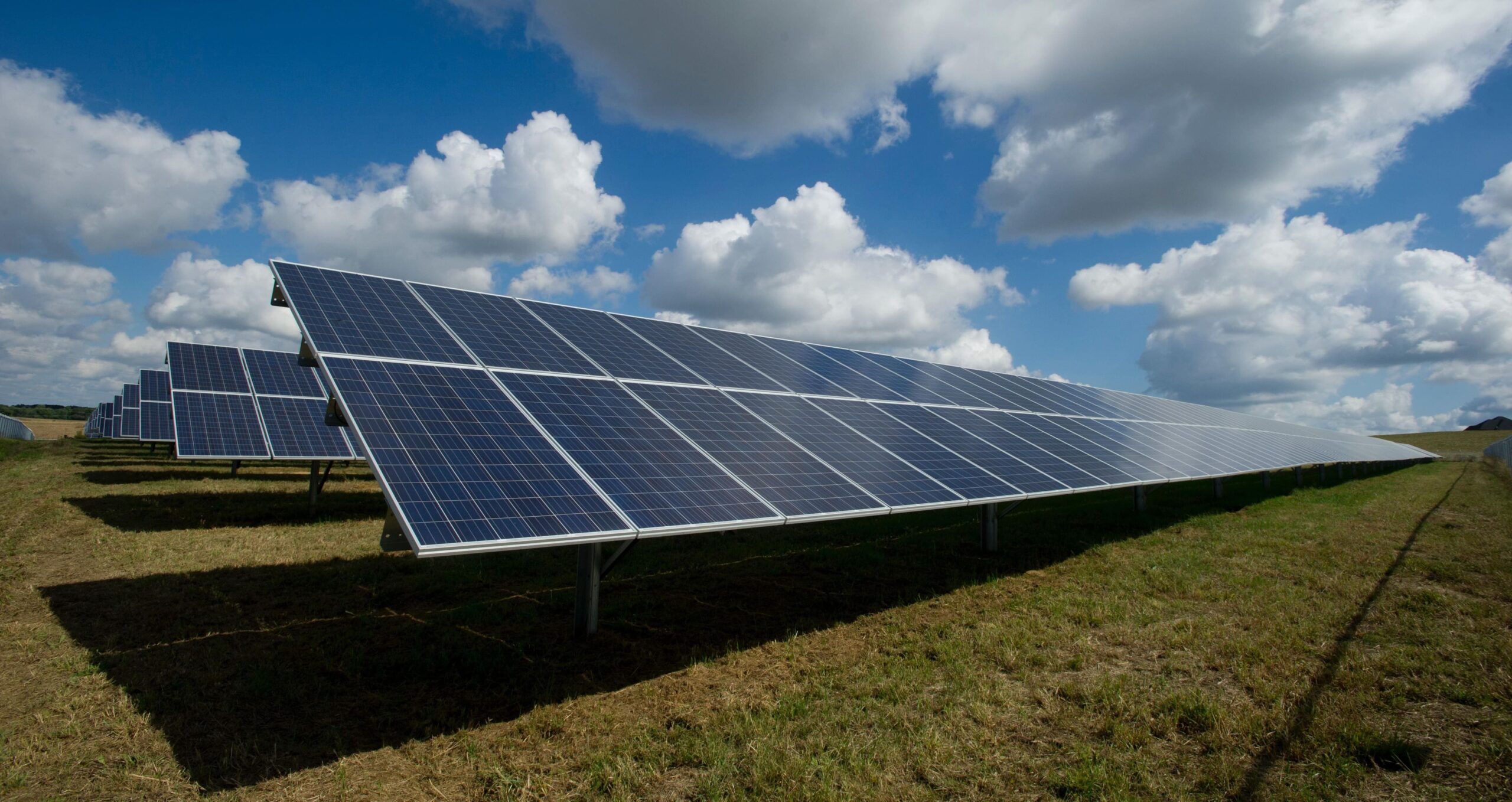People have focused more on the environment in the past few years due to the harmful effects of global warming. Rising ocean temperatures and dangerous weather events have caused organizations to find ways to reduce their greenhouse gas (GHG) emissions.
Sectors like agriculture and transportation contribute to carbon dioxide (CO2) emissions worldwide. How does the construction sector factor into the equation? How can buildings help with decarbonization? Here are some ways the sector can decarbonize through design.
How Do Buildings Negatively Impact the Environment?
Buildings are integral to human life, with families occupying houses and apartments and businesses requiring office space. However, these structures demand high amounts of energy. The world’s population now exceeds 8 billion people, so the need for power only increases as time passes. The International Energy Agency projects global power demand will increase by 50% by 2050.
Much of the energy people need comes from the facilities they occupy. Research from the IEA shows that buildings are responsible for 30% of the planet’s final energy consumption. Additionally, they account for 27% of emissions from the power sector. That’s because they run continuously to provide a comfortable indoor environment, including the HVAC system, appliances, hot water and electronic systems.
How Can Design Aid Decarbonization?
The building industry is a major contributor to CO2 emissions. However, there is a path forward. More innovative designs with sustainability in mind can significantly help with decarbonization. These factors show what the sector can do to aid decarbonization.
Financial Investment
The most effective way to start decarbonization is through financial means. Money talks and is among the fastest ways to affect change, especially in construction and real estate. Investing in green companies provides capital and an improved ability to influence the next generation of buildings.
One strategy to make investments more sustainable is emphasizing environmental, social and governance (ESG) ratings. These scoring systems evaluate companies to see how sustainable they are and what progress they make on ecological goals. For example, many companies use the Bloomberg ESG Data Service. This index scores companies based on 120 ESG factors like renewable energy and carbon emissions.
Retrofitting
Another way to decarbonize the industry is by retrofitting. This practice entails refurbishing current buildings instead of constructing new facilities. New construction requires land clearing and consuming resources, such as water, fossil fuels and trees. It’s vital to lower the demand for deforestation and other harmful practices occurring worldwide.
Retrofitting is a more practical alternative than starting new construction. Research shows that green retrofitting leads to better energy performance, lower operating costs and reduced power consumption. It gives building owners flexibility when determining ways to upgrade their facilities.
Some minor changes include replacing incandescent lightbulbs with LEDs. These bulbs consume much less energy and last longer. Other retrofits, like a new HVAC system or solar panels, require more capital. Still, their long-term benefits outweigh the upfront costs.
HVAC System
HVAC units are among the most integral components of residential and commercial buildings. They regulate the temperature throughout the day, even when occupants aren’t inside. Extreme weather conditions in the summer and winter strain the systems. Global warming is worsening these events, so an efficient HVAC system can significantly lower energy consumption and emissions.
Solar Panels
Another way to upgrade current buildings is to add solar panels. These photovoltaic (PV) cells harness the sun’s energy and convert it for electricity throughout buildings. Renewable power sources like solar and wind have become more viable for building owners as costs have come down. Alternatively, the price of oil and gas has increased, making panels a more attractive option.
Pushing for renewable energy requires a concerted effort from companies and governing bodies to enforce environmentally conscious regulations and incentives. For example, the federal government offers a 30% tax rebatefor business owners and homeowners who install solar panels. This enables buildings to produce energy and depend less on grids. The sun gives power for free, so building owners will quickly see savings.
What Are the Benefits of Decarbonization?
Scientists have warned there isn’t much time left before the effects of climate change are irreversible. The best way to mitigate this issue is to decarbonize. Some changes are lofty, but they come with these positive impacts.
Reaching Climate Goals
Since 2015, 194 countries have joined the Paris Agreement, a landmark treaty among nations addressing the planet’s problems. The accords create lofty but achievable goals for each participating nation. For example, the agreement aims to limit the temperature rise to 1.5 degrees Celsius. Decarbonization lowers the amount of CO2 in the atmosphere, slowing climate change.
Improving Health
Decarbonization improves human living conditions. Lowering dependence on fossil fuels means fewer emissions from cars, buses, power plants and more. Cities will have less pollution and outdoor air quality will improve. Efficient HVAC systems improve indoor air quality (IAQ) and enhance occupants’ respiratory health.
Creating Sustainable Jobs
Decarbonization makes sense for the environment and the economy. The future will be much brighter if people consider eco-friendly investments. Providing sustainable jobs helps workers advance careers that will be around for a long time. Research from LinkedIn shows that job postings expecting green skills have grown 8% yearly since 2016.
Decarbonizing With Design
The worst of climate change has begun, but there is still time to repair it before it’s too late. The Global Carbon Budget report from 2021 says people have 11 years remaining to lower emissions if they want to elude the worst fears. One way to make an immediate impact is by decarbonization. The building industry needs to practice retrofitting and invest greener if it wants to help the planet regain its health.










